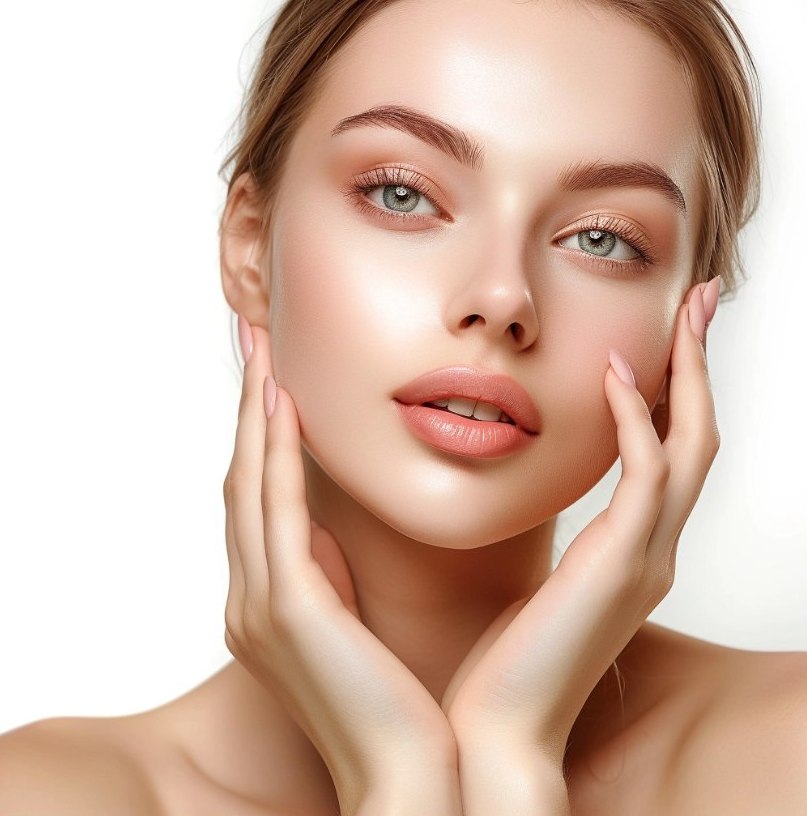What is facial cleansing for? in Warsaw

Every day, our skin becomes contaminated and can lose its radiance under the influence of various negative factors. Blackheads and inflammation can appear even with good home care. In 2025, professional cleansing has become the best way to cleanse pores more deeply and safely than is possible at home. Facial cleansing at Laserhouse Warsaw helps to maintain an even tone, smoothness, and healthy appearance of the skin.
Why do you need professional facial cleansing?
- Deep cleansing of pores.
- Reduction of acne and inflammation.
- Smooth skin texture.
- Better penetration of skincare products.
- Improved skin tone.
- Prevention of premature aging.
How often can I do facial cleansing?
|
Skin type |
Recommended cleansing frequency |
Why |
|
Oily / combination |
every 3–4 weeks |
pores clog faster, active sebaceous glands |
|
Acne-prone |
every 3–4 weeks (as advised by a cosmetologist) |
regular cleansing reduces inflammation and breakouts |
|
Normal |
once every 2–3 months |
maintains clean pores and healthy skin tone |
|
Dry / sensitive |
once every 2–3 months |
skin requires gentle, not too frequent cleansing |
What types of facial cleansing are there?
Each type of cleansing is suitable for a specific skin type and solves different problems. Let's take a look at the main ones:
Mechanical cleansing
This procedure, also known as manual cleansing, involves cleansing the pores and removing dead skin cells using special tools (such as cosmetic spoons). First, the skin is cleansed and steamed to open the pores, then disinfected and a soothing mask is applied.
- When it is suitable:
- Clogged pores.
- Acne.
- Oily skin
Not suitable for very dry and sensitive skin.
A separate type is atraumatic cleansing, which uses special preparations based on fruit acids. It has a gentler effect on the skin and reduces the risk of irritation.
Hardware cleansing
Various devices are used here to provide a more gentle and deeper cleansing of the skin. The main types of hardware cleaning are:
Ultrasonic cleaning
Ultrasonic waves are used, which not only cleanse but also stimulate the production of collagen and elastin and improve blood circulation. The procedure is painless and takes about 40 minutes. Suitable for all skin types.
Vacuum cleaning
A special device with a vacuum nozzle is used to remove impurities and dead skin cells. The session begins with cleansing and steaming the skin and ends with a soothing mask. The procedure is painless and does not cause irritation.
Laser cleaning
Laser cleaning is recommended for mature skin and solves not only the problem of impurities, but also aesthetic defects such as pigment spots, post-acne, and scars. Laser exposure removes the top layer of skin, triggering rejuvenation and renewal processes.
Chemical peels
This is one of the most popular types of cleansing. During the procedure, special agents containing enzymes, acids, and other active substances are applied to the skin, which dissolve dead cells and impurities in the pores.
Chemical peels are not recommended for dry skin, as they can cause irritation and worsen the condition. The composition and duration of the treatment must be selected by a qualified cosmetologist to ensure that the procedure is safe and effective.
Comparison of facial cleansing methods
|
Method |
For whom |
Procedure duration |
Effects |
Comfort level |
|
Mechanical cleansing |
Oily, acne-prone skin |
60–90 min |
Deep pore cleansing, removal of comedones |
Medium |
|
Ultrasonic cleansing |
Any skin type |
40–50 min |
Cleansing + collagen stimulation |
High |
|
Vacuum cleansing |
Combination / normal skin |
30–40 min |
Gentle cleansing, improved microcirculation |
High |
|
Laser cleansing |
Mature skin |
45–60 min |
Smoother texture, lightened pigmentation, regeneration |
High |
|
Chemical cleansing (peeling) |
Skin with pigmentation / scars |
30–60 min |
Cell renewal, anti-age effect |
Medium (depends on acid concentration) |
How does professional facial cleansing differ from home cleansing?
- Depth of cleansing: professional cleansing allows for deeper pore cleansing, unlike home cleansing, which only works superficially.
- Safety: a cosmetologist uses sterile instruments and medical techniques without the risk of injury or inflammation.
- Effectiveness: a cosmetologist removes blackheads and deep impurities that cannot be removed on your own.
- Personalized approach: a specialist selects the type of cleansing according to your skin type and depending on the problem, which home care does not provide.
The professional facial cleansing procedure at Laserhouse Warsaw is performed by qualified cosmetologists with experience, using certified professional products.
How to care for your skin after cleansing?
What not to do after cleansing
- Avoid the sun and do not sunbathe or visit a solarium.
- Do not go to the sauna or bathhouse.
- Do not apply makeup immediately after the procedure.
What is recommended to do before cleaning
- After 12 hours, gently wash your face with warm (preferably boiled) water.
- Use mild cleansers for sensitive skin.
- Use skin regeneration products.
Would you like to find out which type of professional cleansing is right for your skin? Sign up for a free consultation with a cosmetologist at the Laserhouse Warsaw Center.











No reviews or questions yet